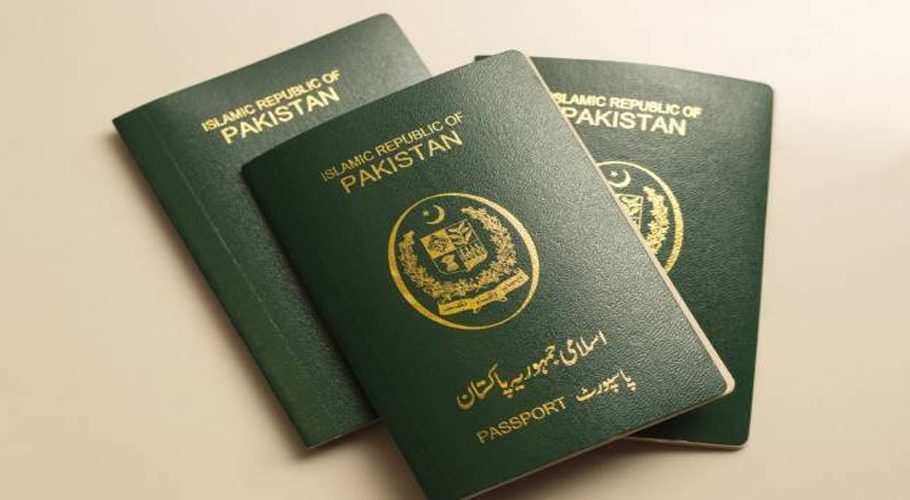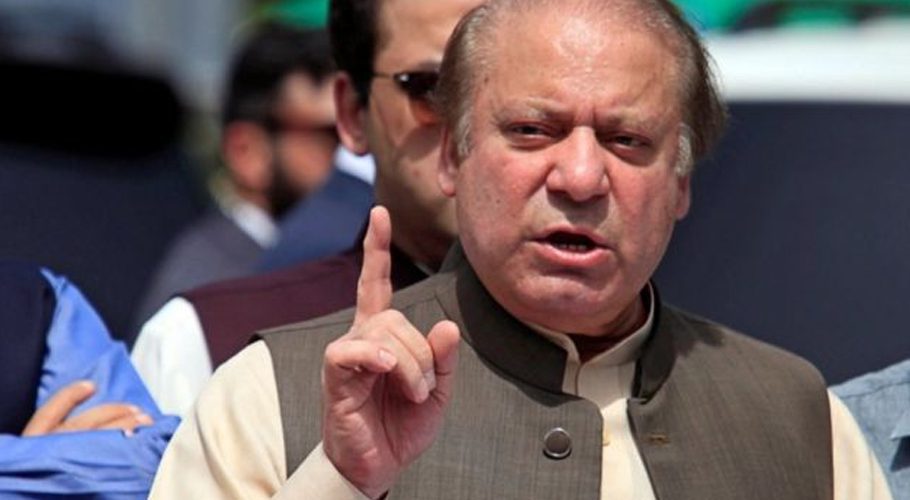![]() Follow Us on Google News
Follow Us on Google News
The two-tier structure of the Parliament of Pakistan, established by the Constitution of 1973, encompasses the President along with two legislative bodies known as the National Assembly and the Senate, as stipulated in Article 50.
This configuration ensures broad representation of the populace’s interests, fostering a robust and inclusive political framework within Pakistan. The National Assembly functions as the lower house, comprising elected representatives from diverse constituencies nationwide, while the Senate serves as the upper house, its members elected by provincial assemblies.
These chambers collectively play a pivotal role in legislative procedures, shaping Pakistan’s political terrain through significant decision-making and policy enactment.
Also read: What to do if you find someone else has already cast your vote
To form a government, a political party or coalition must secure more seats in the National Assembly than any other single party or alliance, necessitating a simple majority of 169 seats or more.
Subsequently, the speaker, deputy speaker, and prime minister are chosen by the winning party.
Given the forthcoming elections in Pakistan, it’s imperative to discern the distinctions between reserved and regular seats.
Let’s delve into the allocation and distribution of National Assembly seats among the provinces of Sindh, Punjab, Islamabad, Balochistan, and Khyber Pakhtunkhwa (KP).
Also read: Pakistan elections: How to cast vote on Feb 8
General seats, where candidates vie for direct election without gender or minority group reservation, constitute the majority. Any eligible candidate can contest these seats.
Following the recent census, there are 266 general seats in the National Assembly, with Punjab having the highest count of 141, followed by Sindh with 61, Khyber Pakhtunkhwa with 45, Balochistan with 16, and Islamabad with three.
Previously totaling 272, the number of seats was reduced to 266, with ex-Fata’s seats halved post-merger with KP.
Seat allocation in the National Assembly is based on population data from the last officially published census, with Punjab receiving the most seats due to its larger population, while others receive seats proportionate to their populations to ensure equitable representation.
Also read: Pakistan elections 2024: Here is how to make your own voter slip
Ahead of the February 8 elections, the Election Commission of Pakistan (ECP) has urged political parties to ensure a 5 percent representation of women in general seats.
To bolster women’s involvement in legislative bodies, the 1973 Constitution includes special provisions. For every 3.5 general seats, a political party is allocated one reserved seat for women.
Out of the total 336 National Assembly seats, 266 are general and 60 are reserved for women, distributed among Punjab (32), Sindh (14), Khyber Pakhtunkhwa (10), and Balochistan (4).
Political parties submit lists of nominated women candidates for these reserved seats, and allocation by the ECP is based on overall performance, with parties winning more general seats receiving a proportionate share of reserved seats for women.
Additionally, non-Muslim minority communities have reserved seats allocated based on the parties’ overall distribution of seats in the National Assembly, ensuring federal-level representation for minorities across the country.
Following elections, parties submit lists of nominated candidates from minority groups for these reserved seats.































